Driving change, at least overseas
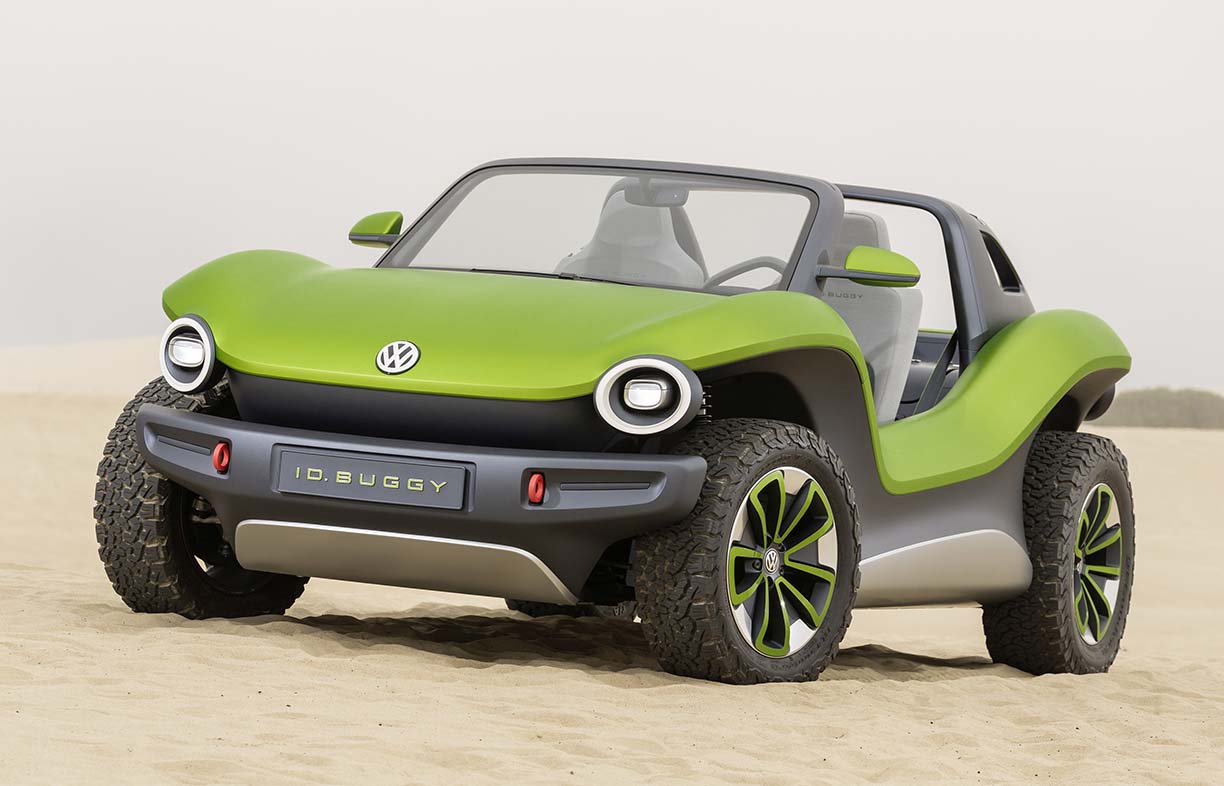
In his latest update on the electric vehicle market, Bryce Gaton reports on how quickly things are changing overseas, while Australia still waits for its EV moment.
The EV market is hotting up, with auto manufacturers no longer able to afford the luxury of making public announcements that satisfy the clamour from the public, then sitting on their hands—lest their competitors beat them to the market.
In the last year, most of the world’s major auto manufacturers have announced timelines for at least partial electrification of their range. Even holdouts such as Toyota and Ford have jumped on the EV bandwagon, perhaps to avoid creating their own ‘Kodak moments’.
E-vehicle plans escalate
Thanks to their potential near-death experience over the Dieselgate scandal, VW has now set their compass irrevocably towards the full electric path, committing tens of billions of dollars to reinvent themselves as a major manufacturer of full battery electric vehicle (BEVs) across all their marques. The VW group plans to have around 30 all-electric models on the market by 2025 and to sell 22 million BEVs over the next 10 years.
The first VW BEV based on their new MEB EV platform (the ID.3) is now in pre-production, with vehicles quietly rolling off the production line to test the production system and the build quality. When it hits the market in mid-2020 it will also be in numbers, unlike most other EVs currently on the market, as VW has heavily invested in EV manufacture and battery supply contracts.
The next models in the ID series will be the ID Crozz (2020), ID Vizzion (2022) and ID Buzz (2022 or 23). VW’s other marques are also jockeying for places on the BEV bandwagon: Porsche is formally revealing the Taycan in September and Audi has just released the e-tron with more BEV models to come soon. Even Bentley has plans for a BEV by 2025 and will hybridise all its models by 2023.
Early this year, VW further fed the EV vibe when it released a prototype dune buggy harking back to the original 60s version. Named the ‘ID Buggy’, it is based on the MEB platform. Although not destined for production (unlike the ID Buzz based on the Kombi van), it attracts massive attention wherever it goes, including at the recent Monterey Car Week in California.
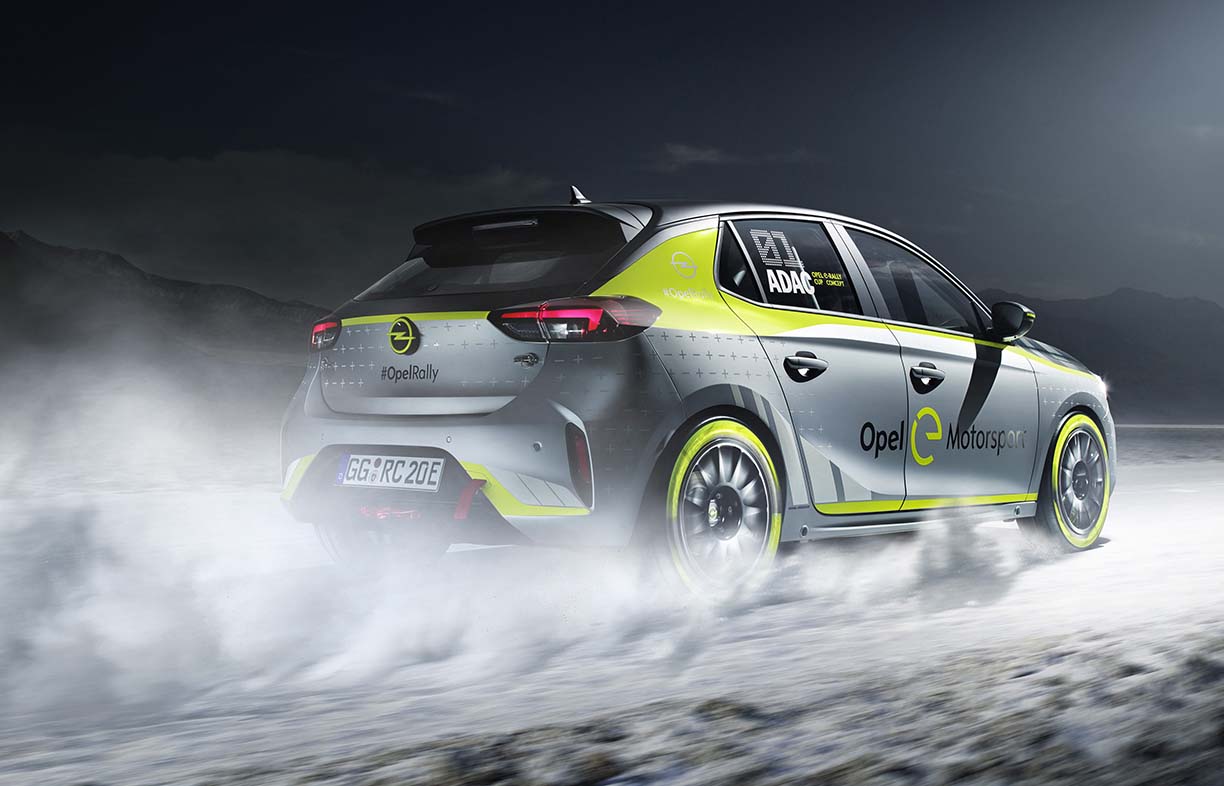
The PSA group (Peugeot, Citroen, Opel and Vauxhall) is also stepping up their plans, announcing a series of EVs, with several based on a shared EV platform. These include the Vauxhall Corsa-e and the Peugeot e-208 and e-2008 SUV. And, from 2020, Citroen plans to have a full electric or plug-in hybrid version of every new model. This means that by 2025 there will be an electrified version of every car and van in the Citroen range. Meanwhile, Vauxhall’s EVs are making it into the rally world. The Corsa-e Rally is specially designed for the new ADAC Opel e-Rally Cup, set to begin in mid-2020. Fifteen of the Corsa-e Rally cars are to be built for the series.
To keep up with the new benchmarks set by the likes of Peugeot, Vauxhall and VW, Renault has updated their popular Zoe with a 53 kWh battery and other upgrades, including a more powerful motor, improved charging options and a restyled interior.
When it comes to EV holdouts, Ford has been a noticeable highlight with their steady dropping of all models except large, fuel-guzzling (and highly profitable) SUVs and pickups (‘utes’ to us here in Australia). However, a lot can change in a few months.
Early this year, Ford invested US$ 500 million in the startup EV pickup and SUV manufacturer Rivian (along with US$ 700 million from Amazon and US$ 350 million from Cox Automotive) and has more recently done a deal with VW to share the MEB platform for building electric Fords. There are no actual model announcements yet, but they have at least noticed that EVs are here to stay!
The other big holdout against full electric vehicles has been Toyota. Long a supporter of hybrid, plug-in hybrid and fuel-cell technologies over full battery EVs, they have recently begun changing their tune to talk about introducing full BEVs into their line-up, starting 2020. No models or specifications have been released yet, but it is a sign of the times that Toyota are talking full battery electric at all.
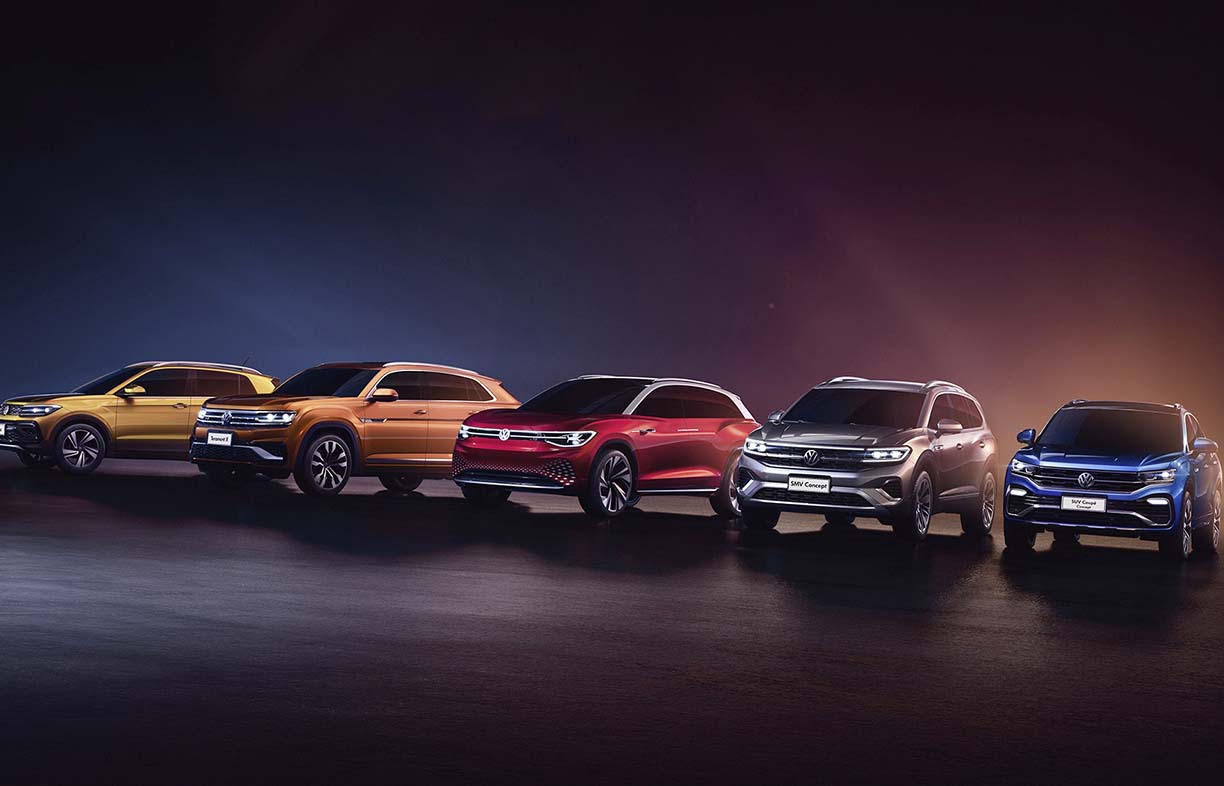
Even more super electric cars
Even the rarefied atmosphere of the supercar market has taken on the EV to produce truly awesome performance figures in soon-for-production vehicles. Lotus recently announced the full electric Evija for production in 2020. With 2000 metric horsepower, 400 km range and a top speed of 320 km/h, it will be an electric ‘hypercar’ and currently holds the title of most powerful sports car intended for production.
Others include the new Tesla Roadster, also expected in 2020. Although Tesla has yet to release its horsepower number, they claim it will do 0 to 100 km/h in 2.1 seconds, 0 to 160 km/h in 4.5 seconds and have a 400 km/h top speed. Pininfarina has also announced plans to build 150 of an all-electric road car to rival the Roadster, called the ‘Battista’. Stats so far released include 1417 kW with a 120 kWh battery, good for 0 to 100 km/h in 1.9 seconds and to 300 km/h in less than 12 seconds. Even Lamborghini has plans for a hybrid (code named the LB48H) for release in 2021.
The Tesla factor
Interestingly, I have barely mentioned Tesla until now—even though it has been the market leader (if not driver) of the BEV revolution. But Tesla hasn’t been resting on its laurels.
Many pundits still put Tesla 10 years ahead of the rest in terms of technology and/or production capacity. In the short term, Model 3 production capacity is expanding rapidly, with Tesla on target to sell 350,000 to 400,000 cars in 2019. New facilities that will double Model 3 production capacity are to come online in China later this year and a new production line for the Model Y (the crossover version of the Model 3) is to open next year in their US Fremont factory.
In 2020, we are likely to see production begin for three new Tesla models: the Model Y crossover, the second generation roadster and the Tesla ‘semi truck’. Beyond that, a pickup is due to be unveiled in a few months’ time (likely production 2021) and there is a rumoured mass-market Tesla BEV to come after that. Touted to be smaller and more basic than the Model 3, if it comes about it will be a direct competitor to the VW ID series as well as the coming offerings from Peugeot, Vauxhall and the rest. At last, some within-segment competition!
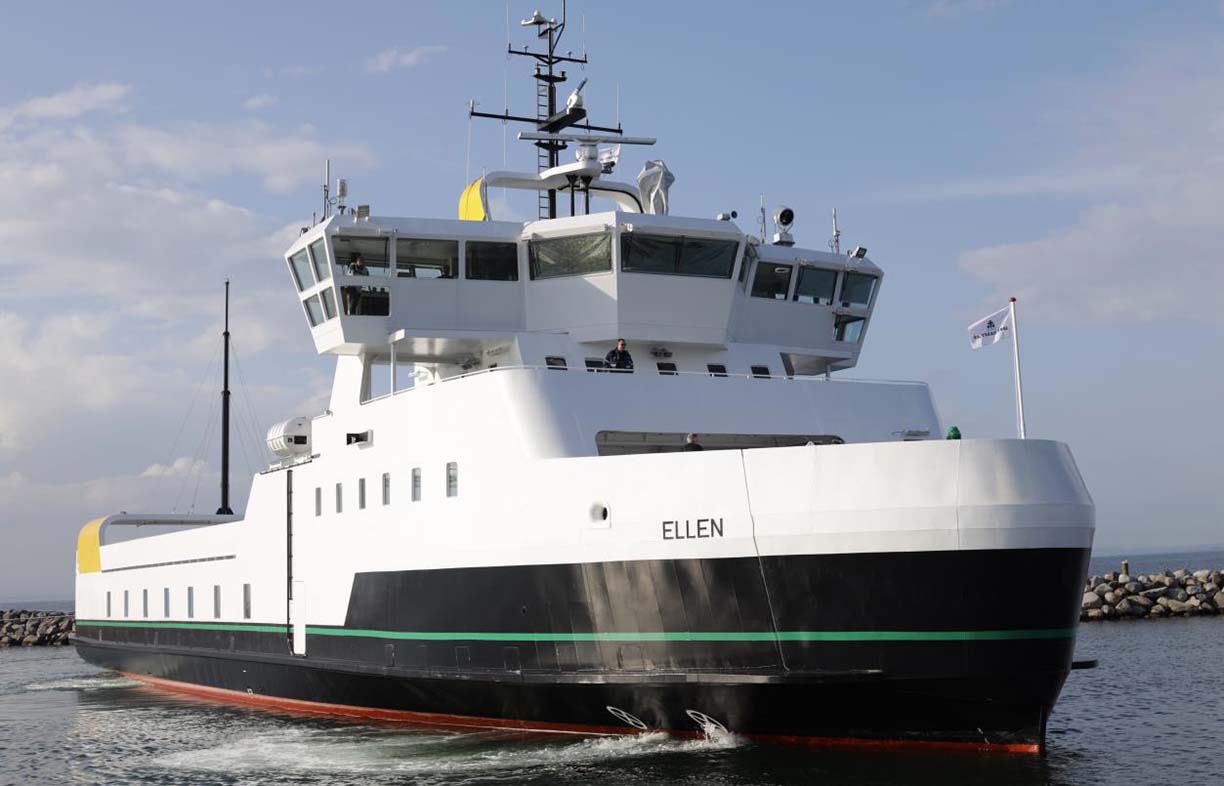
While Australia waits
And finally, which of these will we see in Australia? Without leadership from the federal level, there are few drivers for Australia’s transport market to clean up its emissions act. The stricter fuel emission standards that are still gathering dust on ministerial desks would save consumers many hundreds of dollars each year in lower fuel costs.
Given the difficulties the auto industry is having meeting the demand for EVs in the rest of the world, where emissions standards and zero-emission vehicle targets come with sticks for manufacturers and carrots for buyers, it is unlikely we will see an expansion of EV model offerings or reasonably priced EVs here any time soon. The poor emissions standards we currently have may encourage manufacturers to ‘dump’ the dirtier and fuel-inefficient models they are no longer able to sell in more advanced markets.
By the way, it is not just in electric car support that we are lagging. I have previously written about the advances in electric ferries, and yet another marker in the move to cleaner sea transport has been set. The world’s current largest all-electric ferry, the ‘Ellen’, made its first commercial trip on 15 August, connecting the ports of Søby and Fynshav, approximately 21 km apart, in southern Denmark (there are larger electric ferries including the Tycho Brahe and Aurora, but they have diesel engines for backup).
The Ellen is capable of carrying 30 vehicles and 200 passengers and is powered by a 4.3 MWh battery capable of travelling up to 41 km on a single charge. Over the course of a year, the ferry will stop the release of 2000 tons of carbon dioxide, 2.5 tons of particulates and 1.4 tons of sulphur dioxide. A perfect solution to many of Australia’s ferry runs; Queenscliff to Sorrento in Victoria comes to mind, let alone the highly polluting Sydney ferry fleet. So why are we waiting there too, when so many fuel and health damaging pollution savings are available?
Further reading
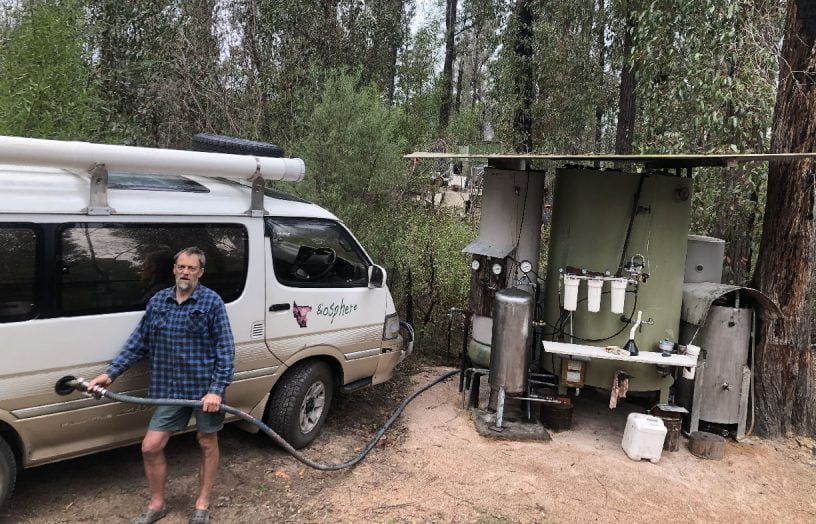 Transport & travel
Transport & travel
Biofuel vs battery
John Hermans gives his opinion on the best power source for electric vehicles.
Read more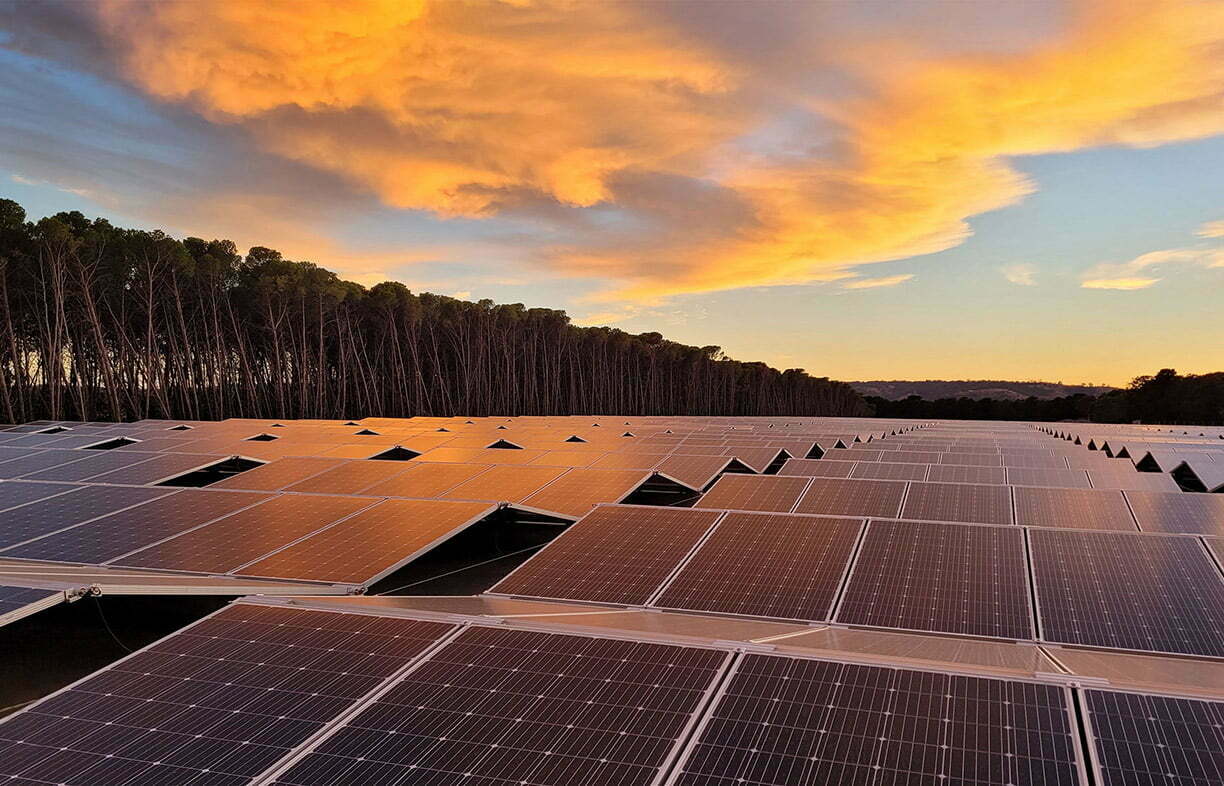 Electric vehicles
Electric vehicles
5B or not 5B
Large scale commercial solar farms can be time consuming to install and commission. Lance Turner looks at a company that has solved those issues.
Read more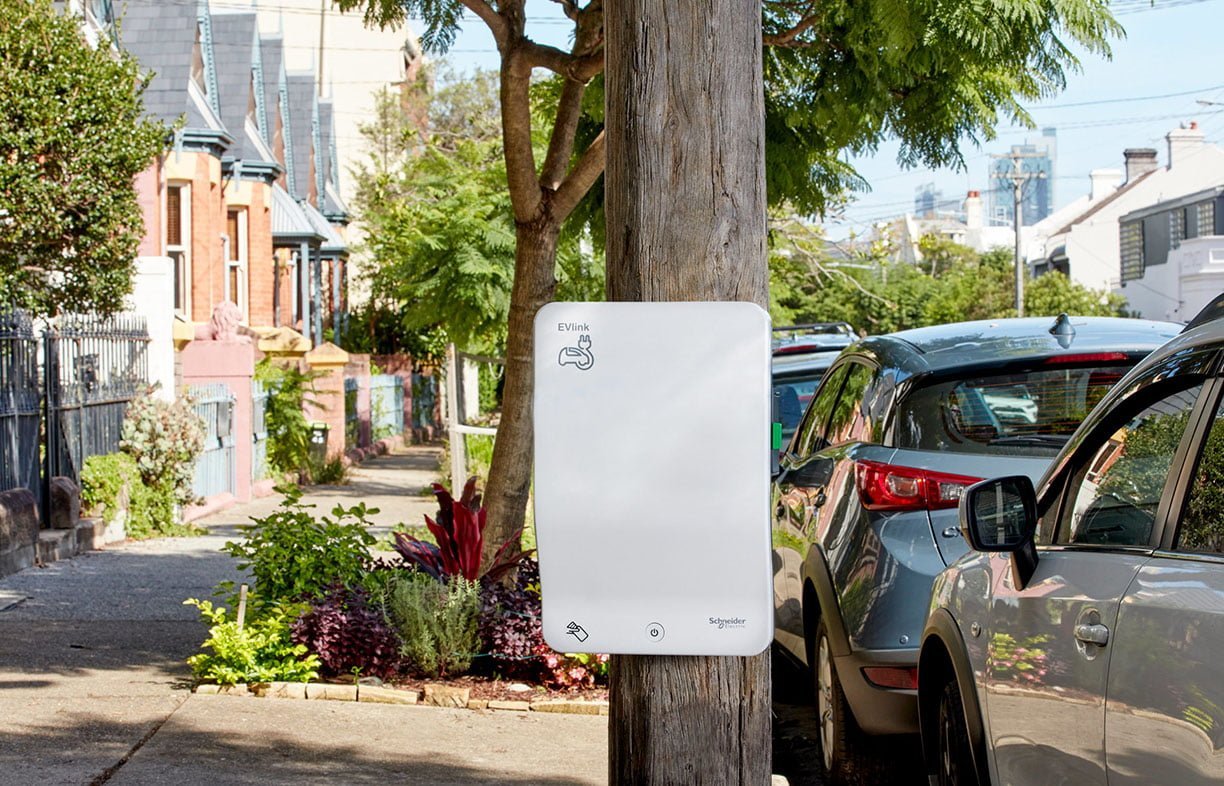 Electric vehicles
Electric vehicles
EV street charging trial
Rechargeable lithium batteries are critical for our modern world, but they do have a somewhat variable safety history. Lance Turner looks at the issues and what to do about them.
Read more

